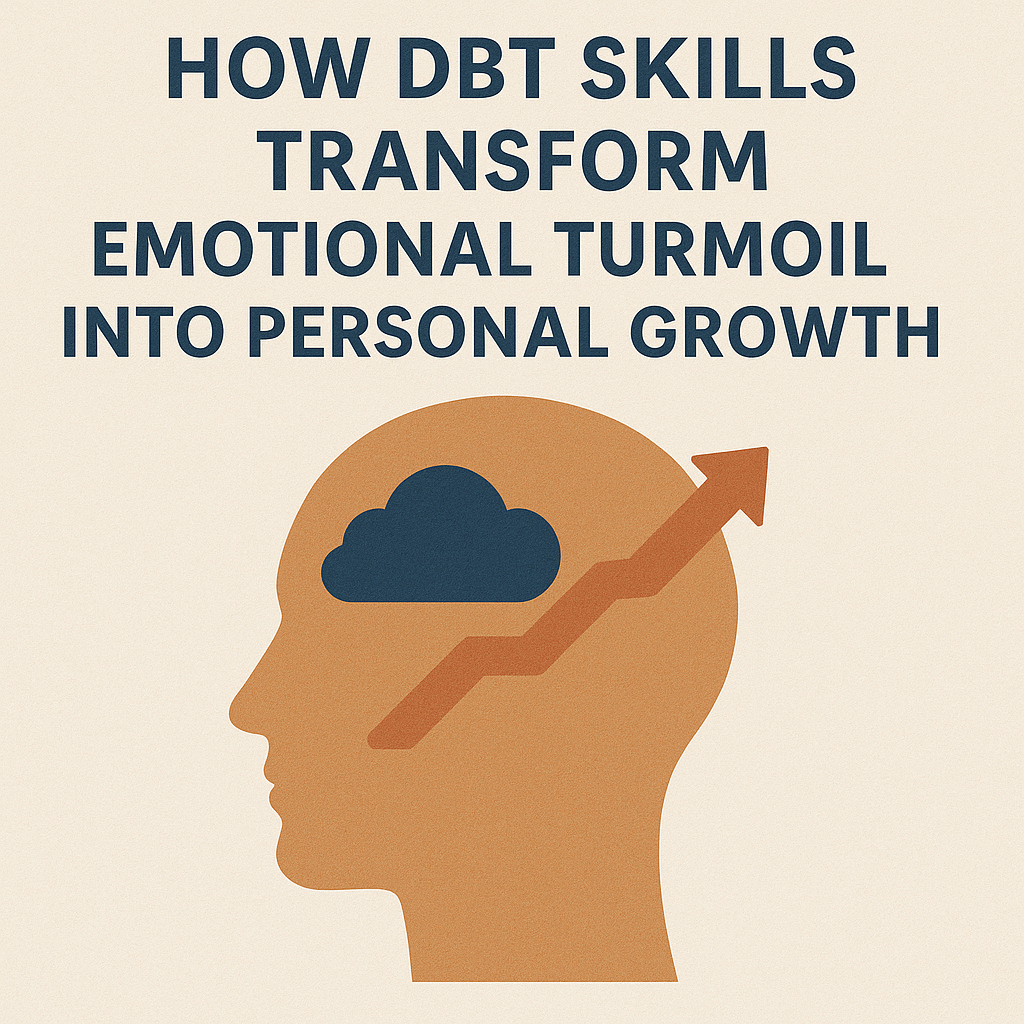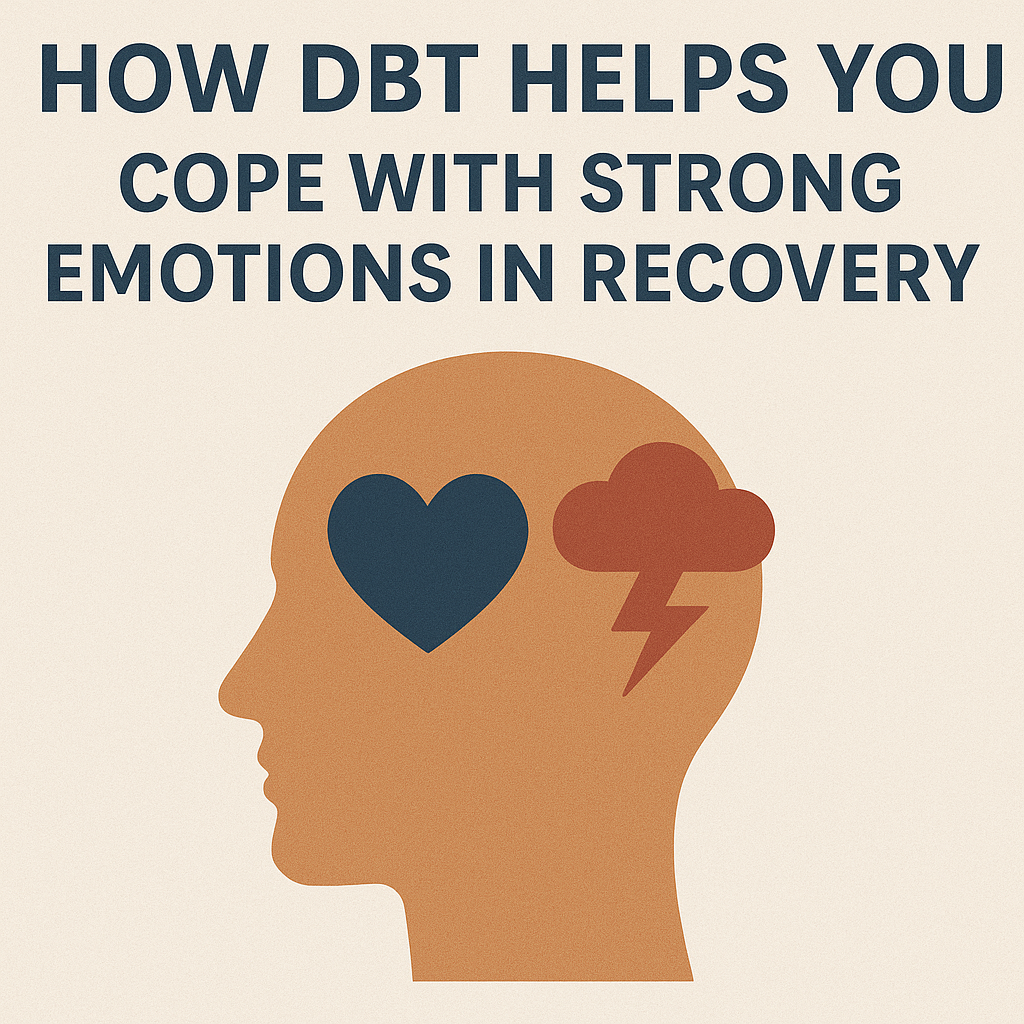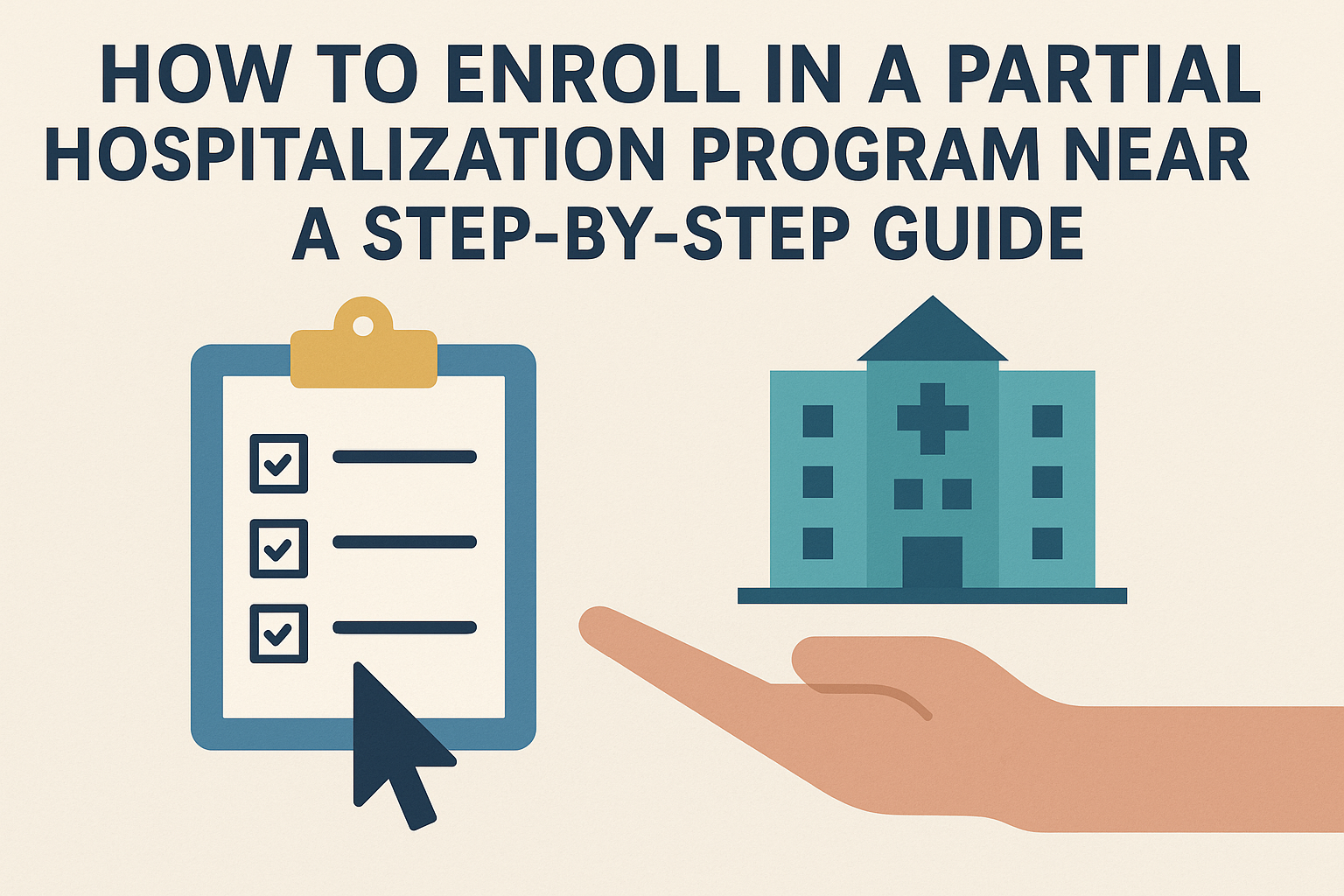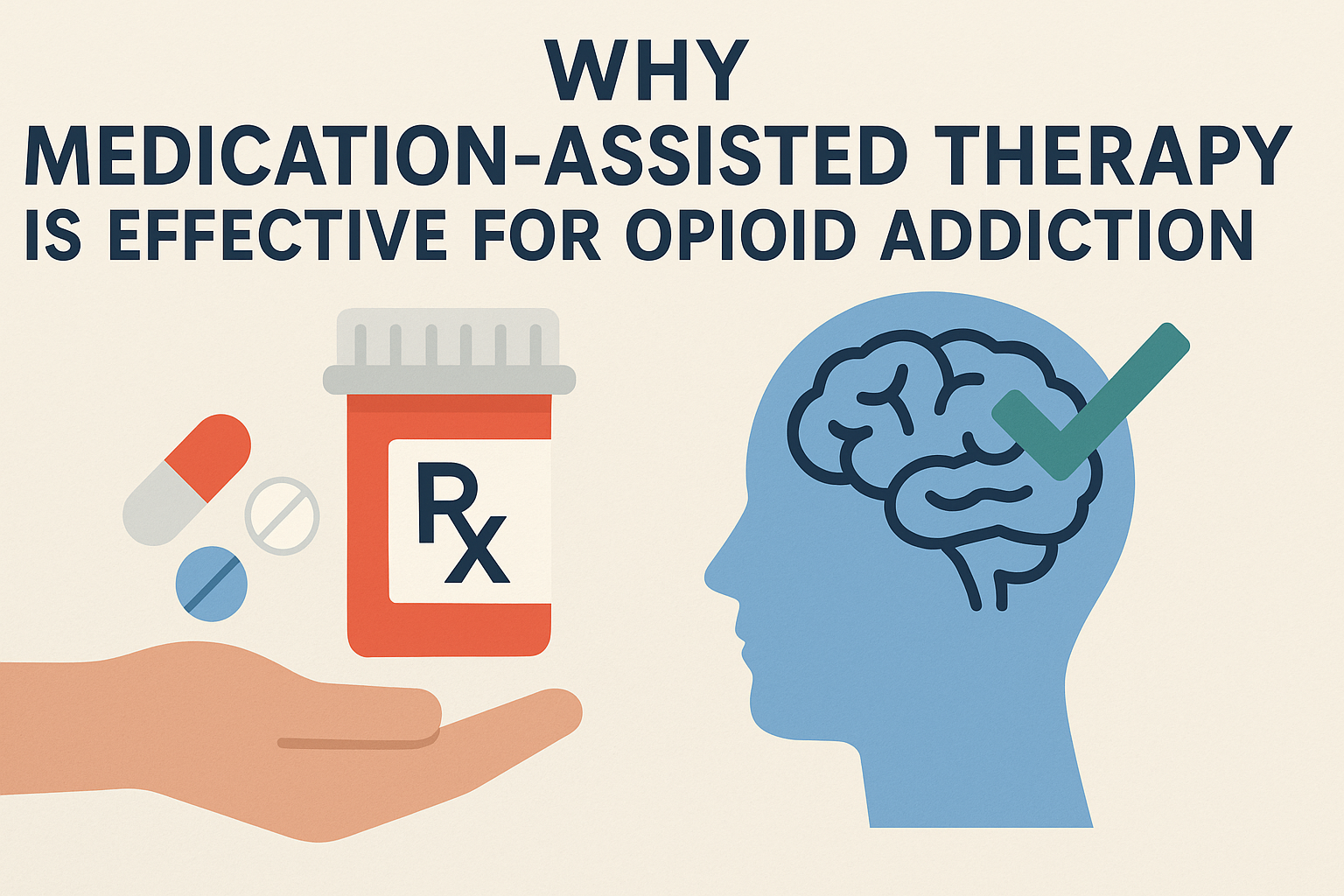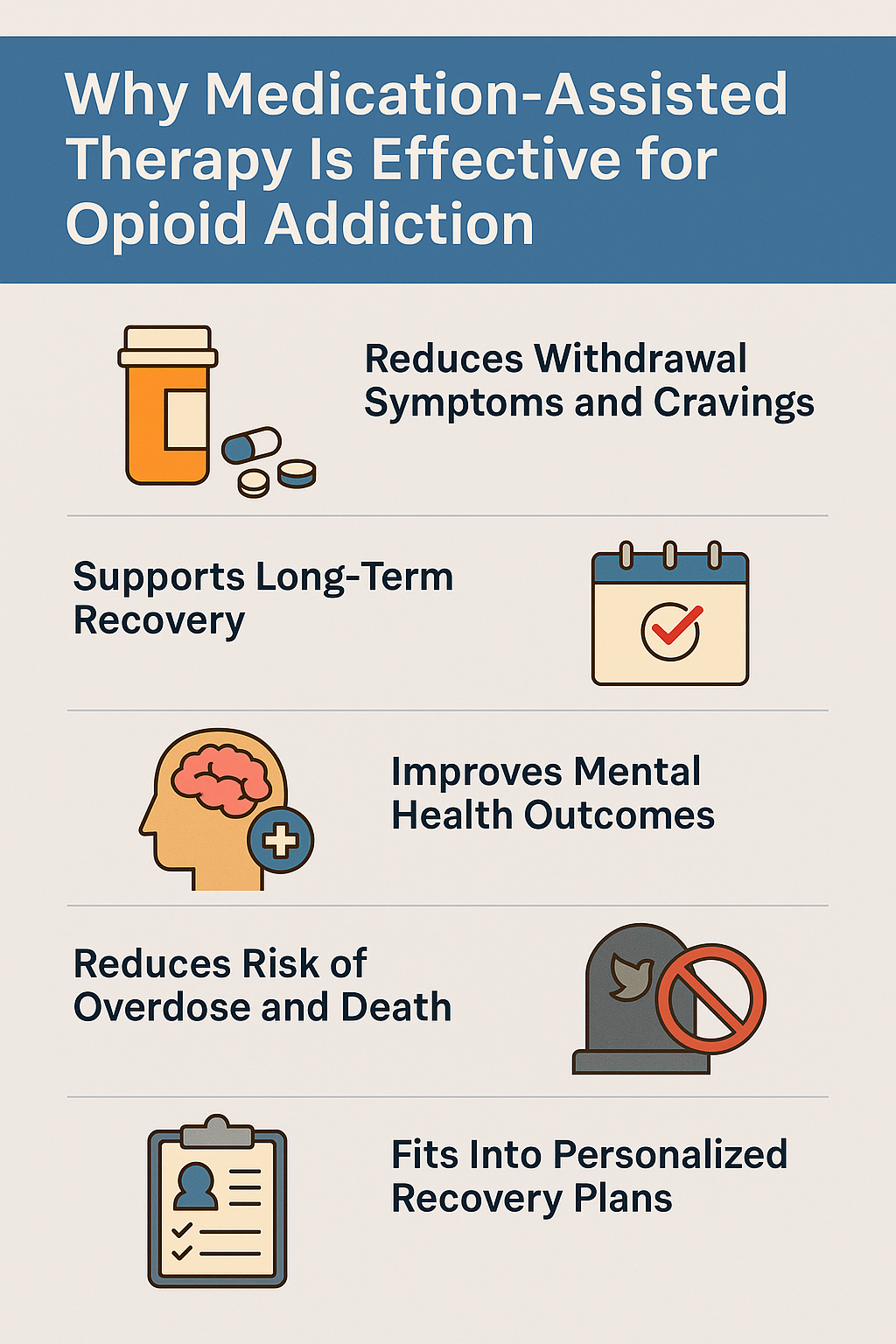How EMDR Helps Rewire the Brain After Trauma and PTSD
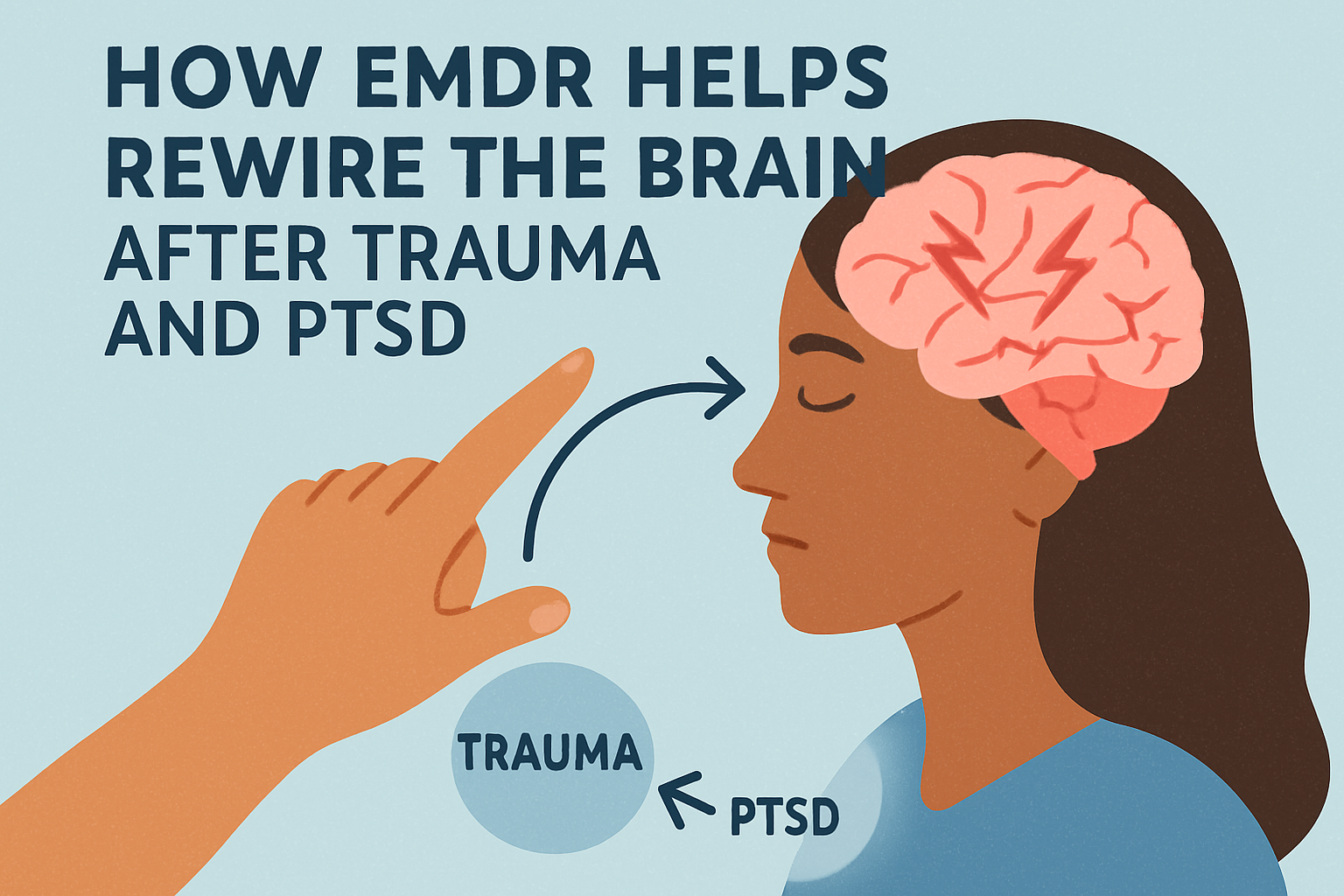
Strong 8k brings an ultra-HD IPTV experience to your living room and your pocket.
Have you ever noticed how some memories feel like they’re stuck on repeat? They pop up at the worst times during a conversation, in a quiet moment, or when you’re just trying to fall asleep. That’s the tricky thing about trauma. Even long after the danger has passed, your brain can still react as if it’s happening right now.
That’s where EMDR Eye Movement Desensitization and Reprocessingcan change everything. If you've been living with the effects of trauma or PTSD, EMDR isn't just another therapy method. It's a powerful, research-backed way to help your brain finally move forward.
Trauma Leaves a Mark But It Doesn’t Have to Stay
When you experience something traumatic, your brain goes into survival mode. Sometimes that means the memory gets “stuck,” frozen in your nervous system without being fully processed. Instead of feeling like a past event, it feels current which can lead to anxiety, flashbacks, emotional numbness, or even physical symptoms.
According to the National Center for PTSD, about 6% of the U.S. population will experience PTSD at some point in their lives, but not everyone seeks treatment right away. Many of us try to power through it, thinking time alone will heal us. But trauma is different. It lodges itself in the brain’s pathways and without help, it can stay there.
What Is EMDR, Exactly?
EMDR stands for Eye Movement Desensitization and Reprocessing. It might sound complex, but at its core, it’s about helping your brain process trauma the way it naturally would have, if it hadn’t been overwhelmed at the time.
During EMDR therapy, your therapist guides you through recalling traumatic memories while engaging in bilateral stimulation this could be side-to-side eye movements, tapping, or sounds. This dual attention helps your brain safely revisit and reprocess those memories.
It’s not hypnosis. You’re fully awake and in control the whole time. What makes EMDR so unique is that you don’t have to talk in detail about your trauma unless you choose to. The healing happens neurologically, not just verbally.
Rewiring the Brain Through Bilateral Stimulation
So how does EMDR actually rewire the brain?
Research shows that EMDR helps shift traumatic memories from the amygdala (your brain’s fear center) into the hippocampus, where rational thought and memory processing take over. In simple terms, it helps your brain stop sounding the alarm for something that’s no longer a threat.
As Dr. Francine Shapiro, the founder of EMDR, once said,
“The past affects the present even without our being aware of it, and it can shape our future.”
By completing those “unfinished” memory processing tasks, EMDR helps you feel safer in your own body and more in control of your emotions. That’s the real rewiring.
For a deeper dive into the neuroscience behind EMDR, check out this NIH study on its effects on memory and emotional regulation.
What You Can Expect in EMDR Therapy
An EMDR session is structured and goal-oriented. Your therapist will first help you build coping skills before diving into the deeper work. Once you’re ready, the therapy moves through eight phases from identifying the root memories to replacing negative beliefs with empowering truths.
And no, EMDR isn’t just for people with PTSD from war or major accidents. It’s also highly effective for survivors of childhood abuse, emotional neglect, sexual trauma, grief, and even distress from toxic relationships or chronic illness.
Whether your trauma feels big or small, it matters. And it deserves healing.
Why Finding the Right Therapist Matters
EMDR is a specialized therapy. It’s important to work with someone who’s properly trained and understands how to guide the process safely. That’s why so many people begin their healing journey by looking for an EMDR therapist near me.
A qualified EMDR therapist will take time to understand your history, help you feel grounded, and tailor the therapy to your specific needs. This isn’t one-size-fits-all healing it’s deeply personal.
Final Thoughts
Healing from trauma isn’t about forgetting what happened. It’s about giving your brain and body the tools to finally release the weight of the past. EMDR offers a structured, compassionate way to do just that by helping your mind process what it couldn’t at the time.
Whether you’ve been living with PTSD for years or are just beginning to understand how trauma has shaped you, know this: recovery is possible. You don’t have to face it alone, and you don’t have to stay stuck in survival mode.
Note: IndiBlogHub features both user-submitted and editorial content. We do not verify third-party contributions. Read our Disclaimer and Privacy Policyfor details.



